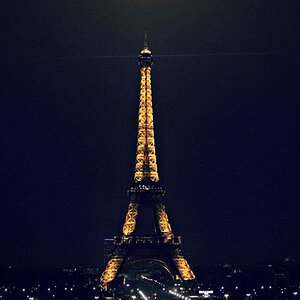Sirashley
TPF Noob!
- Joined
- Mar 26, 2008
- Messages
- 476
- Reaction score
- 18
- Location
- Broward, FL
- Can others edit my Photos
- Photos OK to edit
Okay, I'm going to keep this as simple as possible. I have been weighing my options for a new DSLR. I haven't been into photography since High School, 10 years ago. I have been looking and reading up on a variety of cameras and I really need some opinions... So here's what I want and what I can spend...
I would like to get 10 mp, and price is something to consider. I don't want to buy used gear so that is out. I have looked at all of the low-end and mid-end DSLR's and I suppose here is my question. Can I get away with buying an Olympus 410? Or should I spend the money for the Nikon D80??? I don't want to spend more than a 1000$. I suppose what I am wondering is would a cheap Olympus 410 be sufficient for a beginner or after a few months will I be sorry I didn't buy the D80??? I realize they are two totally different animals, but I was wondering what everyone else did when they were starting out and is there really that much of a difference in features between the entry-level and the pro-sumer? Thanks in advance.
I would like to get 10 mp, and price is something to consider. I don't want to buy used gear so that is out. I have looked at all of the low-end and mid-end DSLR's and I suppose here is my question. Can I get away with buying an Olympus 410? Or should I spend the money for the Nikon D80??? I don't want to spend more than a 1000$. I suppose what I am wondering is would a cheap Olympus 410 be sufficient for a beginner or after a few months will I be sorry I didn't buy the D80??? I realize they are two totally different animals, but I was wondering what everyone else did when they were starting out and is there really that much of a difference in features between the entry-level and the pro-sumer? Thanks in advance.


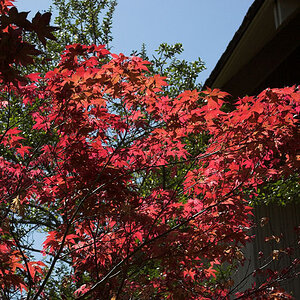


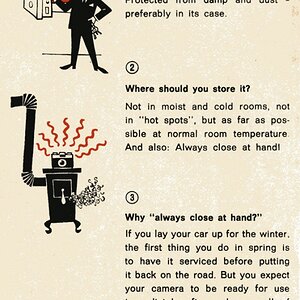
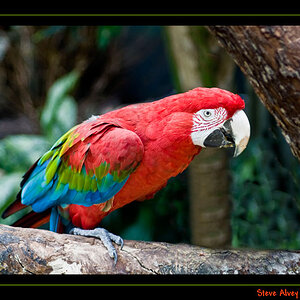
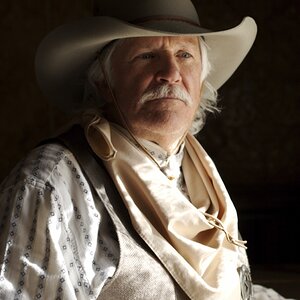
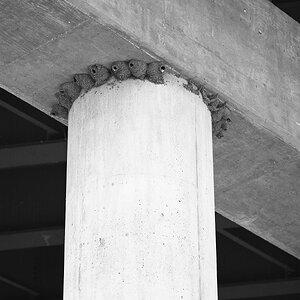
![[No title]](/data/xfmg/thumbnail/39/39532-073f9eb14e26e2b99cc29112b92a2ab6.jpg?1619739072)
![[No title]](/data/xfmg/thumbnail/41/41934-5071025280901954ee561590003df10e.jpg?1619739947)
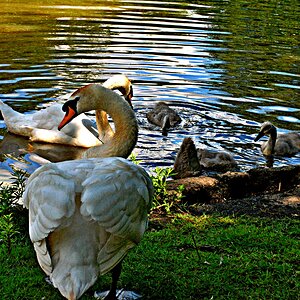
![[No title]](/data/xfmg/thumbnail/36/36299-468f060314a0ac2bf5e37da1c33149d2.jpg?1619737493)
